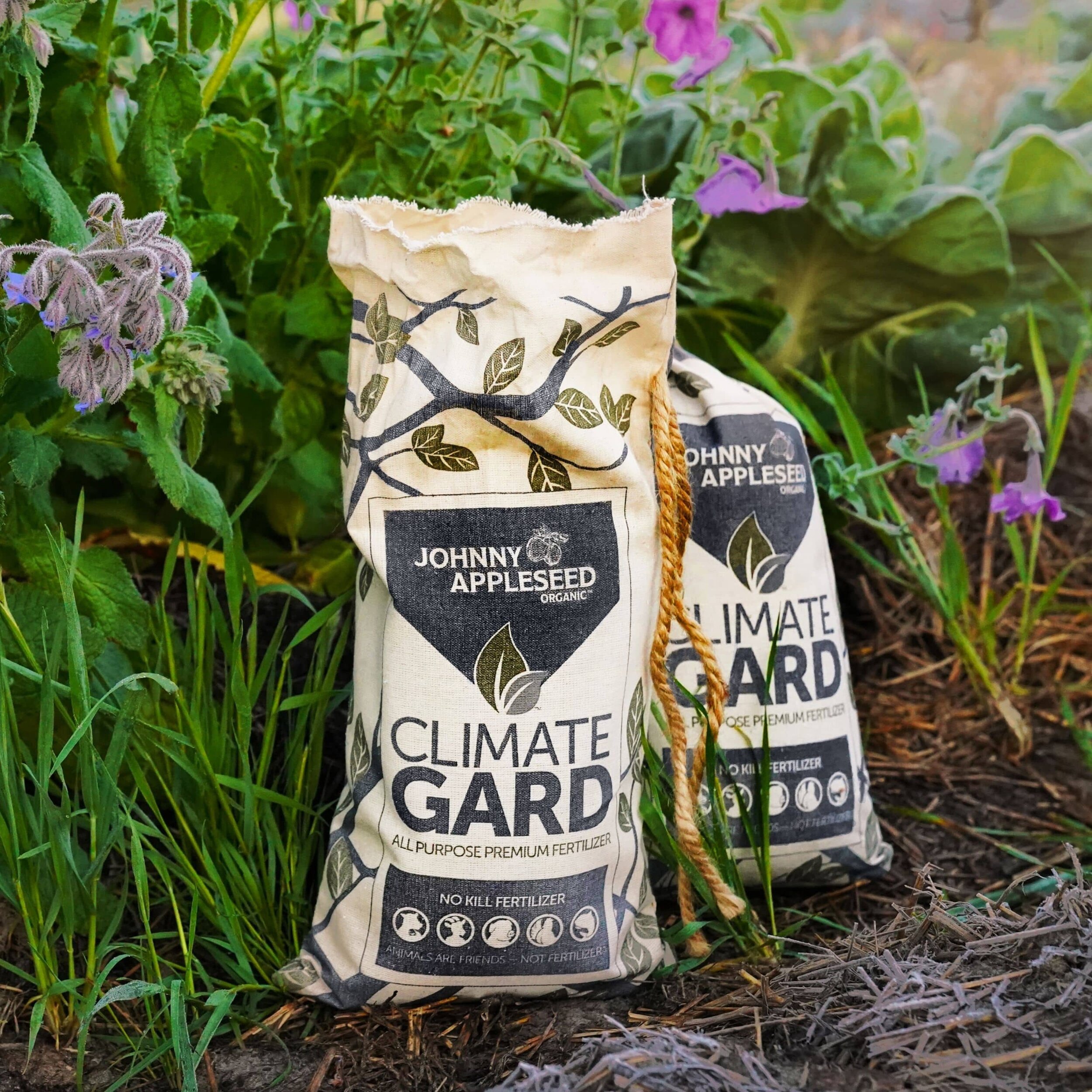How to Prepare and Plant Banana Corms
By Mikael Maynard
We have been working with a lot of bananas lately, sourcing them from all over Georgia and Florida to integrate into our nascent syntropic agroforestry installation.
Bananas are a prized species in the world of syntropic planting, revered for their biomass and water holding capacities that add nutrients and moisture to a growing system — along with their delicious fruit.
Of course, before you can plant them, you must first harvest and prepare the “corm” of the banana plant. So, let's start off by covering what a corm is.
What are banana corms and why do we want them?
According to the Merriam-Webster dictionary a corm is:
“A rounded thick modified underground stem base bearing membranous or scaly leaves and buds and acting as a vegetative reproductive structure.”
The corm is the site at which a banana plant produces “suckers,” or offshoots of young banana plants that grow in clusters around the “mother” plant. You can also harvest the small, young suckers for an easy successful transplanting without having to do as much preparation work. They will also bear fruit sooner, but if your plan is to propagate from large, full grown banana plants, the corm is the part that you want to collect and prepare for a successful transplant.
We chose to propagate by corm because we want to get them started in the ground to allow them time to achieve as much growth as possible before next winter. We are also still experiencing the lingering danger of frost, which could kill a young sucker with its pseudostem and leaves sticking out of the ground. The soil gives the corm protection and allows the process of growth to begin with the goal of vegetative growth becoming more prevalent after frosts are complete.
How do you harvest banana corms?
Once you have sourced and located plants from which to harvest corms, the first step is cutting off the pseudostem. If it is a big plant, you want to cut the pseudostem at head height to use as leverage for helping you dig it out of the ground. Once you have dug the pseudostem and corm out of the ground, cut the pseudostem off again at about 3” above the corm (the portion just underground). Using shovels, dig out the base of the banana plant, the corm and its roots, taking care not to nick the corm. Don’t stress if you accidentally sever a few roots — that’s not the part that’s important for propagation.
How do you prepare banana corms for planting?
Now that you have a stock of harvested banana corms, it’s time to prepare them properly. There are crucial steps in this process, and a fourth that’s only necessary if you intend to engage in large-scale fruit production (which we aren’t, since our main focus is growth for biomass).
STEP 1 — Trim the pseudostem. Cut the rest of the pseudostem off 2-3” above the corm.
STEP 2 — Trim off the roots and soil. With a sharpened machete, shave and trim off the roots and soil attached to the corm. It is okay to shave off the thin outer layer until the slick white interior of the corm is exposed. Think of it as sculpting! Get rid of all of the roots and create a nice smooth, rounded surface for propagation. Doing this limits the potential for transmitting disease from the previous site, and shapes the corm to have minimal nooks and crannies for a disease or pest to occupy. If you notice minimal discoloration in the corm — red, black or brown — scoop it out. If you notice any serious discoloration be sure to discard the corm entirely.
STEP 3 — Cauterize the corm. Lay your corm(s) out in the sun for at least one day to cauterize. This process also makes the corm a less desirable host for pests and disease by drying the slick exterior.
If you are planning on growing your bananas on a larger scale for crop production add this additional step:
OPTIONAL STEP 4 — Disinfect the corm. Disinfect the corm either by dipping it briefly into boiling water or soaking it in a 10 percent bleach and water solution for about 20 minutes.
How do you plant banana corms?
After following these steps, you are ready to plant! Planting the corm is as easy as digging a hole a little bigger than the corm, sticking it in and covering it up. There are, however, a variety of views as to the direction the corm should be facing when planted.
Some say to plant it bottom side down, some say to put it at an angle and some say to plant the corm top side down. We prefer to plant it top side down, as it tends to produce a sturdier plant.
However you do it, have fun and enjoy the fruits of your labor!
Sign up for Newsletter
Follow Us on Social
Cutting-edge microbiology
No kill formula
Superior plant nutrition derived from the most ethical, sustainable sources available.
Produces the same results as conventional fertilizers without the negative environmental impacts.
Each ClimateGard pellet is infused with micronutrients, silicon, humic acid and a high-performance blend of living bacteria and fungi.
Delivered in an environmentally friendly organic cotton bag with a compostable inner liner.
Will continue to enrich your soil long after application.
$39.95 for 7.5 pound bag | $69.95 for 15 pound bag.






